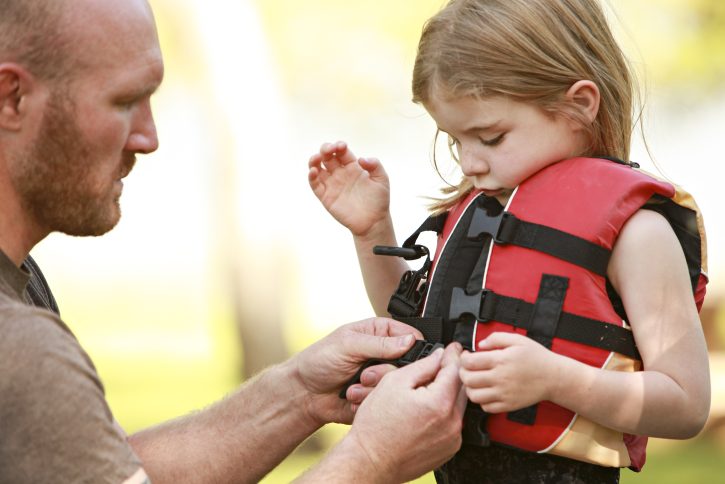
Top Summer Hazards for Children
School is out, and the season of bike rides, pool outings and cookouts is officially upon us. Summer is a great time for children to get outside and get active – but one nasty sunburn, scraped knee or tumble from the trampoline can quickly sour their outdoor fun. Below are some common childhood injuries and ailments our staff at Fairfield Medical Urgent Care see during the summer. Before your kids head outdoors, take the proper precautions to ensure that their summer plans don’t include a trip to the hospital.
Burns:
Even if it’s cloudy, apply a broad-spectrum, water-resistant sunscreen with an SPF of 30+ to your child before heading outside. Reapply every two hours (and after swimming and sweating) and add a hat, sunglasses and lightweight, light-colored clothing for an extra layer of protection. If your child is younger than six months, keep them out of direct sunlight.
Fires and sun-hot surfaces (such as a playground slide) can also cause severe burns. Watch your child closely around grills and campfires, as embers and ashes can stay hot for 8 hours or more. With 4th of July approaching, remember that your child should never play with or ignite fireworks, including sparklers (opt for glowsticks instead).
Falls:
A nasty spill from a bike or skateboard can result in a minor scraped knee – or a serious concussion. Helmets, knee/elbow pads, closed-toe shoes and snug-fitting garments are a must if your child is operating anything with wheels. In addition, make sure their mode of transportation is appropriate for their age and teach them to always be aware of their surroundings.
Falls from a trampoline are also extremely common, especially if multiple people are jumping at once. Have children take turns jumping (with adult supervision) and make sure the trampoline is sitting on level ground with a safety net in place.
Drowning:
Do not allow your child to swim in any body of water without adult supervision. A US Coast Guard-approved life jacket is designed to prevent drowning, and your child should wear it any time they are on a boat or participating in water sports (with adult supervision). Do not rely on inflatables, such as water wings, to keep your child safe. If you are headed to the beach, check the forecast and pay attention to safety flags, which are posted at most public beaches to warn of hazardous conditions.
Overheating:
Young children, especially babies, have less ability to regulate their internal body temperature, so keep them in the shade, take frequent breaks and drink water to stay hydrated. Heat exhaustion, which is caused by dehydration and prolonged activity in the sun, can lead to heat stroke. An elevated body temperature, skin that is cool and clammy, faintness, dizziness, weakness, headache, nausea and vomiting are all signs of heat exhaustion. Heat stroke occurs when the body temperature rises above 104 degrees, causing profuse or no sweating, confusion and rapid breathing. Seek emergency medical attention if you notice these symptoms.
Bug bites and poison ivy:
For older kiddos, use insect repellant that contains no more than 30% DEET. For babies and toddlers, cover their arms and legs with lightweight, light-colored fabric. If a bite does occur, wash it with soap and water and use topical anti-itch remedies (check the label for the approved age). If you notice streaks, swelling, redness, blisters, pus or drainage around the bite, call your doctor. Symptoms such as abdominal cramping, vomiting, nausea, diarrhea, difficulty breathing or swallowing may indicate an allergic reaction, which also requires medical attention.
To protect against poison ivy, wear long sleeved shirts and pants and tuck the pant cuffs into socks and shoes. Teach your child how to identify poison ivy – it can grow as ground cover, a bush, a vine or even look like a tree. If your child does touch one of these plants, wash their skin right away with lots of soap and keep the rash or blisters covered. Over-the-counter itch remedies can help ease discomfort, but if the itching becomes severe, seek medical attention.
Source: Jennifer Brown, PAC, FHP First Medical Occupational Health